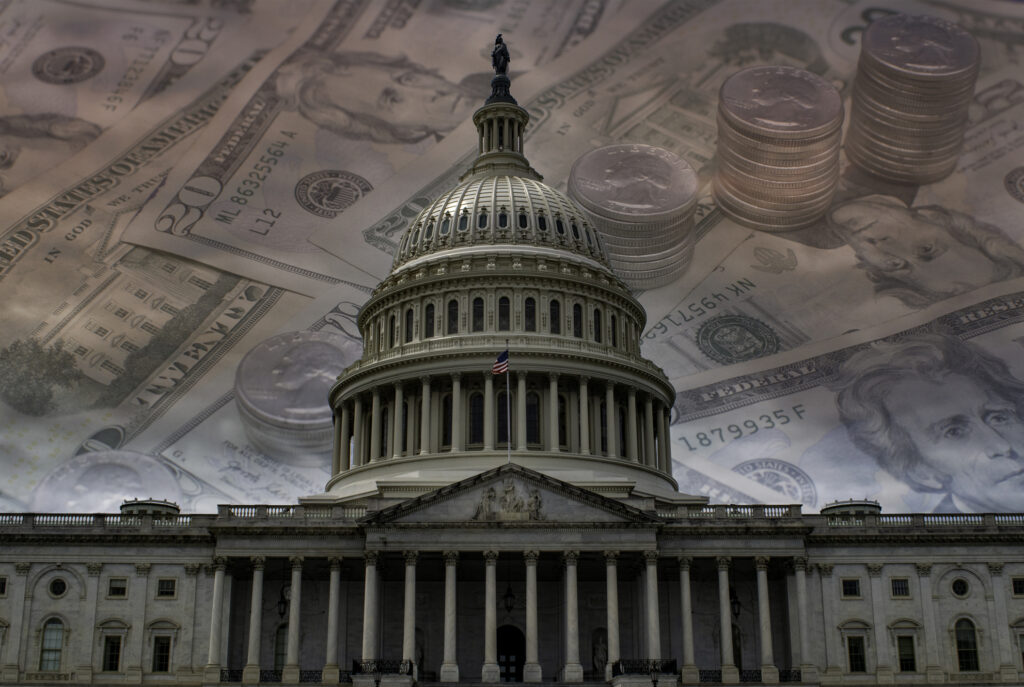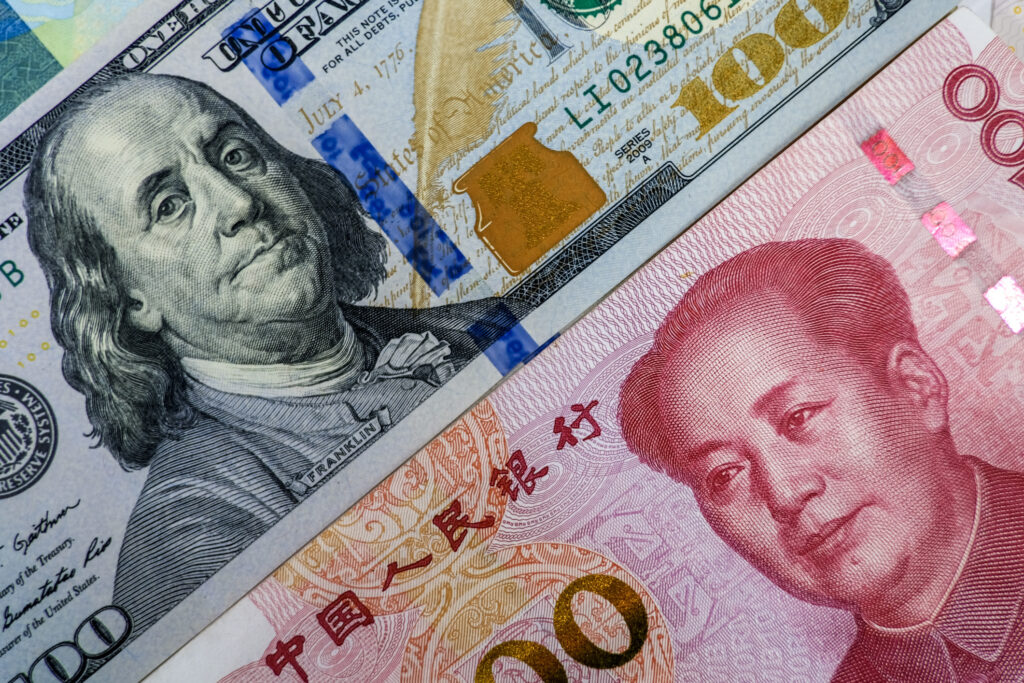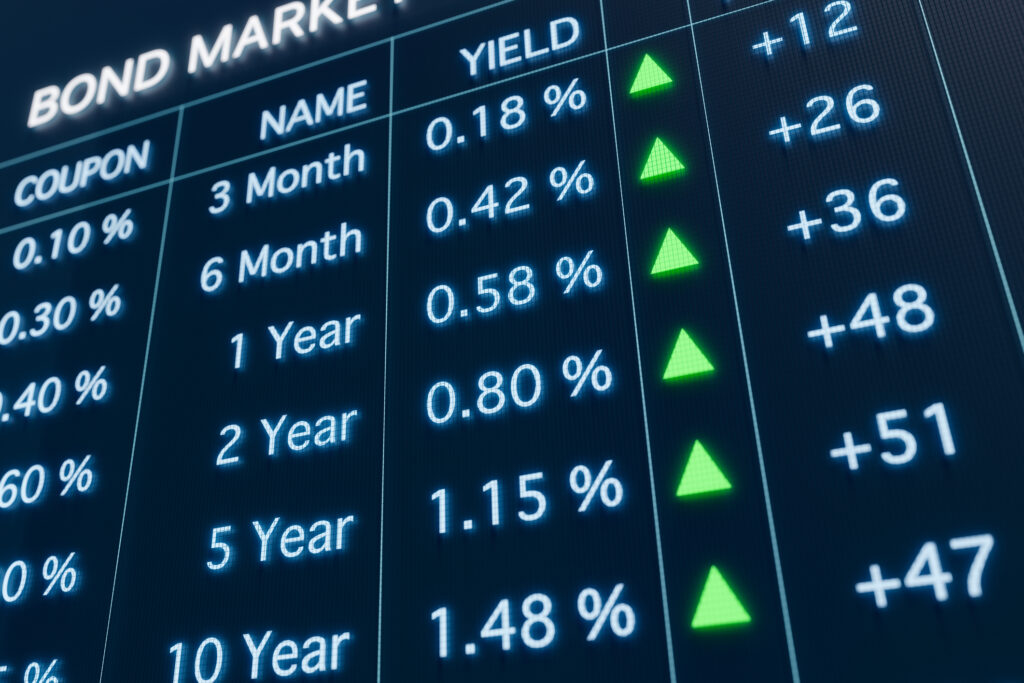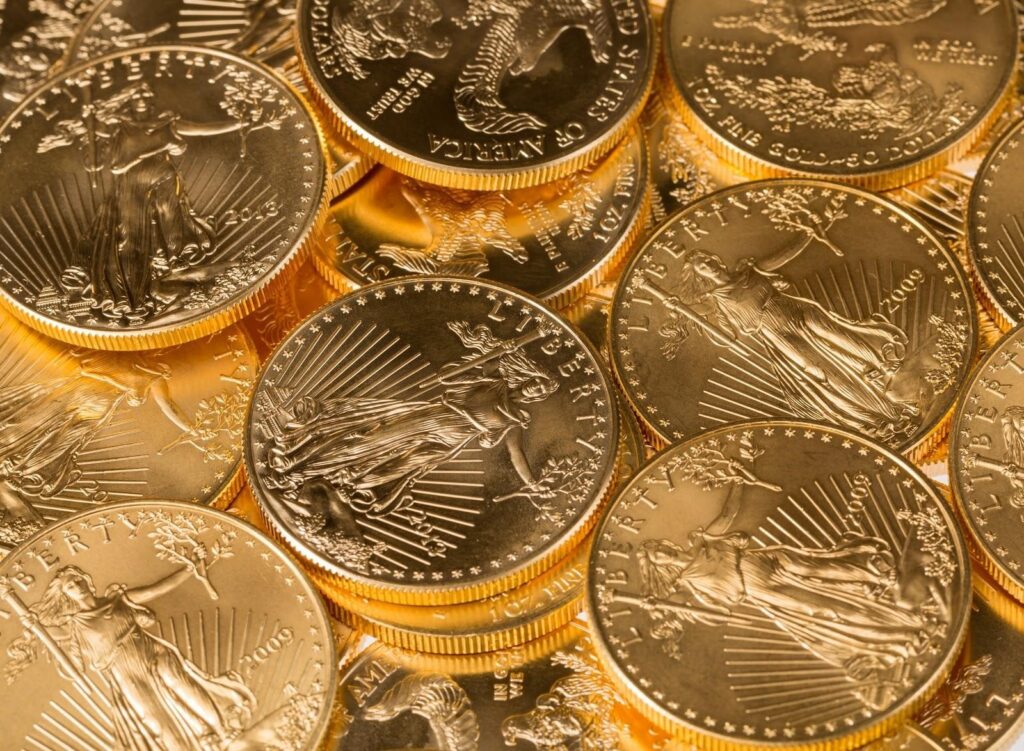Fiscal Experts: Republican Tax Bill Conceals More Than $1 Trillion in Future Debt

The GOP tax bill carries an official price tag of $3.8 trillion over ten years, but independent analysts warn this hides its true fiscal impact. The bill strategically makes Trump’s 2017 tax cuts permanent while setting popular new measures—like tax-free tips and overtime—to expire after just four years. Budget experts at the Committee for a Responsible Federal Budget estimate the real deficit impact would reach $5.2 trillion if all provisions were extended for the full decade (or $3.3 trillion after proposed spending cuts). Critics call this a deliberate tactic to conceal over $1 trillion in potential costs. This comes as […]
Wholesale Prices Drop Sharply in April, but Economists Warn of Tariff-Driven Inflation Ahead

April’s Producer Price Index showed wholesale prices fell 0.5% – the largest monthly drop since early COVID. While annual inflation slowed to 2.4%, the decrease primarily came from a 1.7% decline in trade margins, indicating businesses are temporarily absorbing tariff costs rather than passing them to consumers. Economists warn this won’t last. “We are beginning to see trade policy filtering into hard data, affecting revenues and profit margins,” says RSM’s Joe Brusuelas. In fact, core goods prices (excluding food and energy) rose 0.4% in April – the fastest monthly increase in over two years. This suggests underlying inflation pressure despite […]
Gold IRA Tax Benefits Explained: Maximize Savings, Minimize Taxes

In today’s volatile economy, protecting your retirement savings goes beyond traditional assets. That’s why many investors are turning to Gold IRAs — offering the dual benefit of wealth preservation and Gold IRA tax benefits that can strengthen long-term financial planning. Whether you choose a Traditional or Roth Gold IRA, understanding the tax rules can help you build a more resilient and efficient retirement strategy. Understanding Gold IRAs and Their Tax Classifications A Gold IRA is a self-directed retirement account that holds IRS-approved physical precious metals—such as gold, silver, platinum, and palladium—instead of stocks or mutual funds. As highlighted in Why Gold […]
Global Shift: 13 Countries Embrace Yuan as Dollar Alternatives Gain Ground

A major economic shift is occurring as 13 countries reduce their reliance on the US dollar in favor of the Chinese yuan. This “de-dollarization” trend has increased dollar volatility and slightly weakened its value. Meanwhile, the yuan’s international use continues to grow, raising debate about whether it could eventually challenge the dollar’s long-standing dominance in global finance and trade.
Trump Administration to Issue New Tariff Rates to Trading Partners Without Negotiations

President Trump announced that his administration will send letters to trading partners within the next 2-3 weeks outlining tariff rates for doing business with the US. Trump claims there are too many countries (around 150) wanting trade deals for his team to meet with individually. While some priority countries like Japan, South Korea, India, and the EU are still in negotiations, most nations will simply receive notification of their rates, with some appeal option available. Trump has already reached agreements with the UK and temporarily with China to allow for further discussions.
Treasury Yields Drop After Surprise Decline in Producer Prices Points to Economic Cooling

US Treasury bonds rallied as new economic data showed slowing economic activity and inflation, strengthening expectations for two Federal Reserve interest rate cuts in 2025. Two-year and 10-year yields dropped by about 10 basis points. Market traders are now pricing in rate cuts as early as September, despite major Wall Street firms recently pushing back their forecasts for Fed action. Meanwhile, concerns about the US fiscal outlook remain, with Republican tax cut plans and high government debt potentially risking higher inflation and long-term interest rates.
Trade Tensions vs. Inflation Data: What’s Really Driving Gold’s Wild Swings?

Gold prices experienced significant volatility on Thursday, initially dropping to $3,120 per ounce before rebounding by more than $100 during the day. This movement was caused by two opposing factors: reduced demand for safe havens as US trade tensions eased, and weak US inflation data that strengthened expectations for interest rate cuts. Commerzbank analyst Thu Lan Nguyen believes that trade conflict developments will ultimately have a stronger influence on gold prices than economic data, and predicts that if more trade deals are announced, gold prices will likely continue declining.
“Better to Wait”: Chinese Mining Leader Cautious on Acquisitions Despite Record Gold Rally

Chinese gold company Chifeng Gold is looking for acquisition opportunities worldwide but is being cautious due to recent price fluctuations. The company has grown rapidly, increasing its gold output from 2 tons in 2019 to 15.2 tons in 2023 through mines in China, Ghana, and Laos. After raising $361 million in its Hong Kong listing in March (which saw shares jump 80%), the company is well-positioned for acquisitions. However, with gold prices recently dropping 8% from record highs, CEO Lydia Yang says they’re taking a careful approach to deals until market conditions stabilize.
Asian Gold Buyers Return as Prices Pull Back from Record Highs

Gold demand across key Asian markets improved this week as prices dropped from recent highs. In India, dealers offered discounts of $34 per ounce, with traders suggesting demand could surge further if prices fall to around 90,000 rupees. Chinese dealers charged premiums of $9-$50 per ounce, with analysts noting the price correction encouraged “bargain hunting.” Markets in Hong Kong, Singapore, and Japan also saw increased activity, with Japanese traders reporting strong purchases from the general public during the price dip.
Gold Pulls Back from Record Highs as Global Trade Relations Improve

Gold prices fell by as much as 1.4%, trading near $3,200 an ounce and extending its weekly loss of approximately 3.5%. This decline follows two main factors: profit-taking after recent gains and reduced safe-haven demand due to improving US-China trade relations. According to Christopher Wong of Oversea-Chinese Banking Corp, gold is experiencing “fatigue” as reduced trade tensions ease market uncertainty. Despite the current decline, gold has appreciated more than 20% this year and remains an important portfolio diversifier according to UBS Group’s chief investment officer. The metal’s strong performance has been driven by increased demand for gold-backed ETFs, substantial central […]



